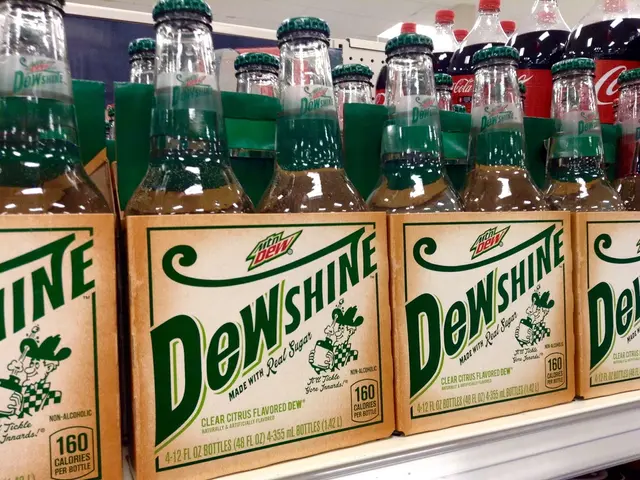A Stye Explained: Causes, Symptoms, and Remedies Explored
The Lowdown on Styes, Hordeolum, and Chalazion
Eyelid bumps and irritations are a common annoyance, but fear not! Most of these little nuisances can be treated at home. Learn about styes, their close cousins hordeolum, and chalazion, and understand what triggers these bumps and how to soothe them.
Styes, Hordeolum, and Chalazion: Separating the Crew
While these conditions may look similar, they've got different backgrounds, symptoms, and remedies.
Styes, also known as hordeolum, are the most common eyelid bumps you'll encounter. They're caused by a blockage in the oil glands of your eyelid or the eyelid margin, where your lashes sprout. Much like pimples, they can range from superficial and painless to deep, red and oh-so-painful. These guys can drain fluid and cause inflammation, too.
When it comes to other eyelid bumps, such as cysts, styes tend to develop more rapidly and cause dry eye symptoms, such as light sensitivity and itchiness. If you have a pink, tender bump that doesn't fit the description of a stye, it might be eyelid cancer, so check it out with your doc.
A hordeolum is a fancy way to say a stye that starts at the base of your eyelash, while an internal hordeolum is a deeper, more painful variety that forms inside your eyelid. On the other hand, chalazia are larger, deeper bumps that form further from the edge of your eyelid.
Catch the Culprit Red-Handed: Understanding the Causes
Styes are often the result of bacteria living on your skin getting trapped in your eyelid glands. By rubbing your eyes, you're essentially spreading these bacteria, causing an infection.
Factors such as prolonged screen time, eye rubbing, dry eyes, using contaminated makeup, or having a specific skin type can contribute to the development of styes. In some cases, conditions like rosacea (which causes red bumps on your face and eyes) may play a role.
The Treatment Game Plan: Fight Fire with (Warm) Water
Most styes will clear up on their own in a few days to a week. While you're waiting for them to disappear, there are a few pain management tips you can try.
Avoid touching or squeezing the bump as it can cause further irritation and spread the infection. Instead, apply a warm, moist compress to your eyes for 10 minutes at a time, up to five times per day. This will help any fluid drain naturally.
Wash your face with warm water and a gentle cleanser, but steer clear of makeup and scented products until the skin heals. Over-the-counter pain medications like ibuprofen or acetaminophen can help reduce swelling and provide pain relief.
When to See a Doc: When in Doubt, Call It Out
If your stye persists for longer than a couple weeks, gets bigger, or the redness spreads to the rest of your eyelid or eyeball, it's time to consult a professional.
Symptoms such as eye redness, light sensitivity, decreased vision, or pain could indicate a more serious condition, so it's best to let an ophthalmologist help sort things out. Based on the stye's development and severity, your doctor may suggest treatments like topical or oral antibiotics, an injection, or even draining the stye surgically. They'll also keep an eye on the bump for potential problems like eyelid cancer.
In most cases, styes aren't serious enough to require these treatments. So, tough it out, and before you know it, that stye will be a thing of the past!
- In the realm of health and wellness, styes, hordeolum, and chalazion are not just medical-conditions related to eye-health but also indicators of mental-health, as excessive screen time and frequent eye-rubbing can be symptoms of stress or anxiety.
- Skin-conditions like rosacea, known for causing red bumps on the face and eyes, can also contribute to the development of styes, making it essential to maintain good skin-health as part of overall health-and-wellness.
- In the news of health and wellness, it is advised that when symptoms associated with styes such as persistence, size increase, or spread of redness to the rest of the eyelid or eyeball occur, mental-health can be affected due to the potential need for medical interventions like antibiotics, injections, or surgical draining, so seeking medical advice during such cases is crucial for maintaining both physical and mental well-being.








